Balanced spa water is important for several different reasons, and bad chemistry can affect the health of those using the spa or hot tub.
Too much or too little of certain chemicals will have negative impacts on health, but additionally it can damage the spa or equipment. This guide will explain some spa chemistry fundamentals as well as important steps for spa owners to remember.
Spa water is a great place for bacteria to grow – depending upon the temperature of the water. Warmth provides the potential for disease, viruses and bacteria to threaten all who get into the spa. You can even get sick from simply inhaling water vapor from a bacteria-filled spa.
No matter how clean you are, all users bring in small amounts of dirt, oils, and other unmentionable gunk, which accumulates from all of the bathers, combining together with other debris or dirt that gets in the water; spiraling out of control! The primary solution to this problem is spa sanitizers.
Spa Sanitizers
Sanitizers eradicate the germs and reduce the chances of bacteria causing illness. Before adding bromine to the water, spa shock is helpful as a preliminary step that will remove the contaminants, allowing any sanitizer to work even better.
Chlorine and bromine are the two effective spa sanitizers – both which provide for superior results. Chlorine is highly effective but can prove to be irritating to the more sensitive bathers, as it can cause eye or skin irritation. Free chlorine can be broken down by the UV rays from the sun, as well.
Bromine is a more effective spa sanitizer, and without the side effects of irritated skin or eyes. Bromine effectiveness is also not affected by pH level changes in spa water. Bromine is best for use in indoor spas or covered hot tubs. Bromine is the preferred alternative to chlorine, simply because of the lack of side effects such as irritating skin and eyes.
Using spa shock in a bromine spa weekly is important to activate bromide ions, and keep the spa healthy. See Dr. Pool’s recent post on Building a Bromine Bank.
Minerals such as copper and silver are also sanitizers, and are a helpful addition to your spa sanitation. Nature2, SpaRx and Spa Frog are spa mineral systems. They are constantly purifying the water, reducing the amount of gunk in the water, so your sanitizers don’t have to work so hard. When using mineral sanitizers in the spa, you can reduce the amount of chemical sanitizers by nearly half, and still maintain healthy, sanitary spa water.
Spa Water Balance
Here’s the factors to consider for spa chemical balancing – pH, total alkalinity, and calcium hardness levels, in that order. Because spas have a much smaller volume than swimming pools, levels must be monitored constantly. Low pH levels can be problematic because it causes irritation to skin and eyes, and can cause metal corrosion.
Total alkalinity levels that are too low will cause the pH levels to be erratic, while high total alkalinity can make the pH adjustment difficult. Calcium hardness is important to maintain because if too low, it can lead to foaming and deterioration to metal. If spa water calcium hardness levels are too high, it can cause cloudy water or scaly deposits.
Remember your A-B-C’s. When you are adjusting the water balance chemicals, it is helpful to remember your A-B-C’s to recall the chemicals and the order to adjust. Start with Alkalinity and pH, Bromine or Chlorine sanitizer, follow that up with the Calcium Hardness.
Test the Water – with spa test strips, twice a week. Make checking the water a routine, every 3-4 days, so that you can get used to the process. Set a calendar reminder or task.
One Chemical at a Time. It is also important when you are adding chemicals to the water, that you add one chemical at a time. Separate each spa chemical addition by a few minutes so that each individual chemical can work its magic in the water. This gives your spa chemicals enough time to react without fighting each other, or getting in the way of the adjustment.
Before you drain the spa, use Jet Clean plumbing cleaner to remove any build up of biofilms inside the pipes and equipment. This will help reduce your spa chemistry maintenance by removing these types of organic bacteria.
After you drain the spa, polish the inside of your spa shell with Spa Cleaner. This product will remove stains and scale and oily residue from the surface of acrylic or fiberglass spas. Safe to use on all spa surfaces and even can be used to clean your spa cover.
Read the Label. It’s important to read the label on any spa chemical for information specific to how much to add to your spa. Read the treatment dosages and directions for use, and be careful when applying chemicals to your spa. Remember to keep them out of the reach of children.
Good spa chemicals will keep your water perfectly balanced, when used in proper dosage, and treated in the right order. Remember the order, and remember to test your spa at least weekly to protect the health of your soakers, and the health of your spa.
5 Steps to Perfect Spa Water Chemistry
1. Check Spa pH and Bromine 3x per Week
I use a dropper style test kit, it’s more accurate than test strips. But doing it with frequency (and making necessary adjustments) is the most important thing. If your spa testing and adjustment is consistent, you’ll find your pH (and alkalinity) to be more stable and consistent as well. I check my spa chemistry before I use it, and after I use it (I’m keeping a log), and it’s amazing the changes that I see when 3 or 4 people get out of my hot tub.
2. Drain the Spa Every 3 Months
I set myself a calendar reminder in Outlook. I don’t look forward to it, it’s a few hours of my weekend that I could be watching football – but it’s important to be consistent (there’s that word again), and drain your spa or hot tub on schedule. 3 month intervals is what I use, but you may need it every 2 months, or every 4 months, depending on how several factors.
The main factor in your spa drain schedule is how often you use the spa. Consider other factors too, like how many spa users you have on a regular basis, (1-2 people, or is it 2-3?). The condition of your spa filter cartridge also plays a role, and of course water balance matters too. A spa with these other factors or issues should probably drain every 2 months.
3. Use Minerals and/or Ozone
I use both a Nature2 spa stick, and I have a Del Ozonator. It’s a recurring expense, which I’m not a fan of – but the combination of the two – ozone+minerals, does so much of the bacteria fight, that my bromine and filter only have to work 1/2 as hard as they would have to if I just used bromine alone. And, my spa only needs about 1/2 of the Bromine that it would normally need. I still shock regularly, and keep a pH around 7.5, which rounds out and kind of summarizes my entire hot water chemistry routine.
4. Shower before Spa Use
Honestly, consider how ‘clean’ your users (and you) usually are. We all use the spa at times without showering, covered in sweat, dirt, skin and hair products, and this places a huge demand on the filter and sanitizer. My wife and I try to make it part of our spa routine. I almost always take a quick shower before, and head out to the spa in my robe. What I need is an outdoor shower, next to my spa. That would be convenient, I may build one!
5. Shock After Spa Use
It takes just a few minutes after you get out of the spa, and has also become part of my spa routine. When I get out of the spa, I always test the water first, to see if I need to lower the pH before shocking. Plus as mentioned, I keep a spa chemical log, because I’m actually studying and analyzing my spa chemistry over time. Geeky, I know – but I am in the business, you know.
Your spa pH should be no higher than 7.6, so if it looks high, first use some spa pH down before adding the spa shock. A lower pH will make your spa shock much more powerful and active.
After shocking, I keep the spa cover open for an hour or so, to let it gas off and allow my spa cover to ‘breathe’ for a bit longer.

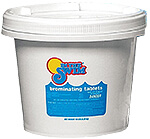

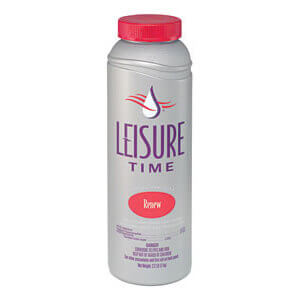
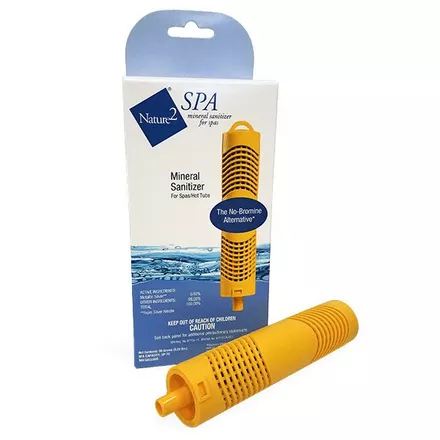

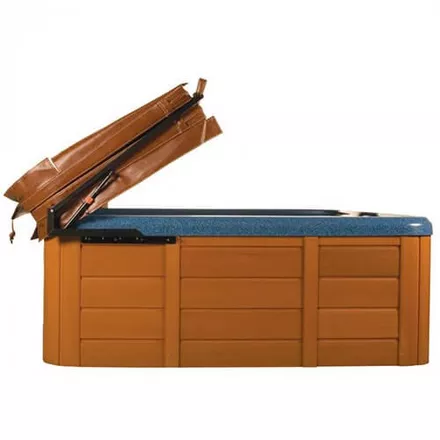
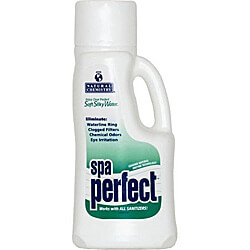
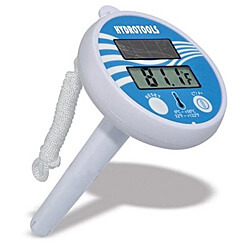
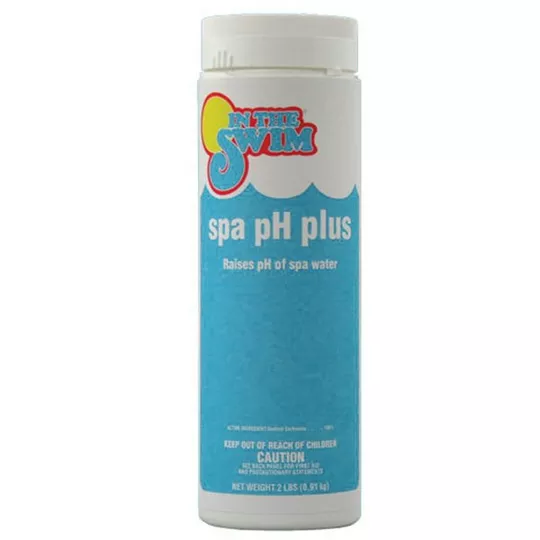
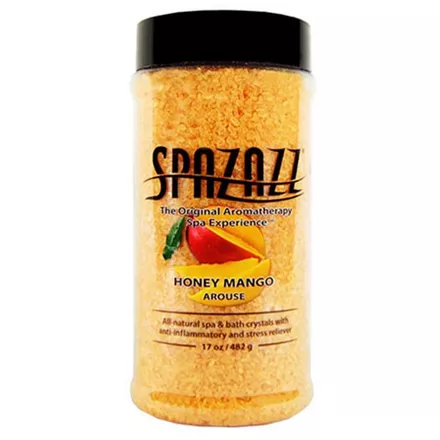


My alkalinity is high and pH is low. How do I adjust without making the other more out of balance.
Hi Tom, there is no easy way, it’s the see-saw of adding alkalinity down, pH up, alkalinity down, ph up, until the Alk comes down and the pH comes up, finally… I wish we had a chemical that did one without the other, but they are such close cousins… It can take 4-8 repeated treatments, over the course of several days